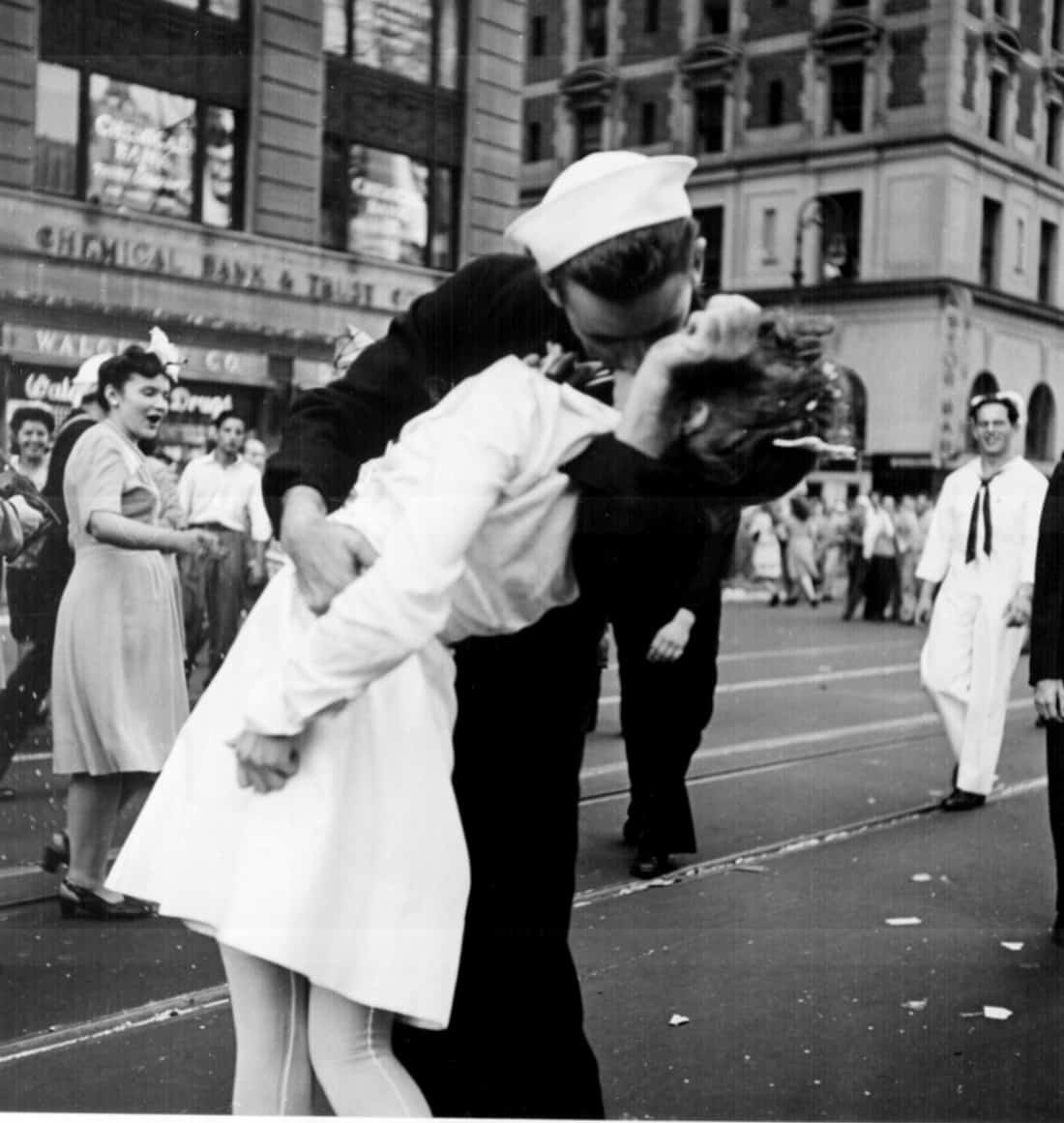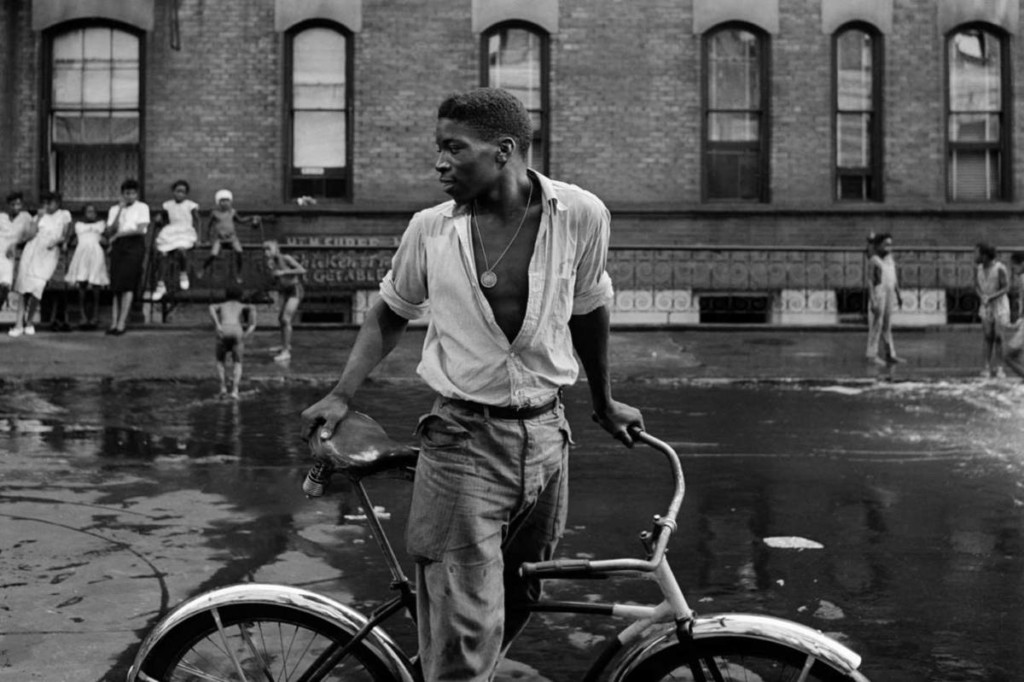Unknown Facts About Framing Streets
Wiki Article
Framing Streets Can Be Fun For Anyone
Table of Contents5 Easy Facts About Framing Streets ExplainedThe Only Guide to Framing StreetsThe Single Strategy To Use For Framing StreetsHow Framing Streets can Save You Time, Stress, and Money.Some Of Framing StreetsFraming Streets Fundamentals Explained
Digital photography genre "Crufts Pet dog Show 1968" by Tony Ray-Jones Street digital photography (also occasionally called candid digital photography) is photography conducted for art or query that includes unmediated chance encounters and random cases within public locations, normally with the purpose of catching photos at a decisive or emotional moment by mindful framing and timing. 
See This Report on Framing Streets
Susan Sontag, 1977 Road digital photography can concentrate on people and their actions in public. In this regard, the street digital photographer resembles social documentary professional photographers or photographers that additionally function in public places, however with the objective of capturing newsworthy events. Any of these photographers' images might catch people and building noticeable within or from public places, which commonly requires navigating moral problems and laws of personal privacy, safety and security, and home.Representations of day-to-day public life develop a category in practically every duration of globe art, beginning in the pre-historic, Sumerian, Egyptian and early Buddhist art durations. Art managing the life of the street, whether within sights of cityscapes, or as the leading theme, appears in the West in the canon of the North Renaissance, Baroque, Rococo, of Romanticism, Realism, Impressionism and Post-Impressionism.
Framing Streets Can Be Fun For Anyone
Louis Daguerre: "Blvd du Temple" (1838 or 1839) In 1838 or 1839 the first photo of numbers in the road was tape-recorded by Louis-Jacques-Mand Daguerre in among a set of daguerreotype views taken from his workshop home window of the Boulevard du Holy place in Paris. The second, made at the elevation of the day, reveals an unpopulated stretch of street, while the other was taken at about 8:00 am, and as Beaumont Newhall reports, "The Blvd, so frequently loaded with a moving throng of pedestrians and carriages was completely solitary, except an individual that was having his boots combed., that was influenced to take on a comparable documentation of New York City. As the city created, Atget aided to advertise Parisian streets as a deserving topic for digital photography.

The smart Trick of Framing Streets That Nobody is Talking About
The principal Mass-Observationists were anthropologist Tom Harrisson in Bolton and poet Charles Madge in London, and their first report was created as the publication "May the Twelfth: Mass-Observation Day-Surveys 1937 by over 2 hundred observers" [] Window cleaner at Kottbusser Tor, Berlin, by Elsa Thiemann c. 1946 The post-war French Humanist Institution digital photographers found their topics on the road or in the bistro. Andre Kertesz.'s extensively appreciated Images la Sauvette (1952) (the English-language version was entitled The Crucial Moment) advertised the concept of taking a picture at what he termed the "decisive moment"; "when kind and material, vision and make-up merged into a transcendent whole" - Lightroom presets.The Only Guide for Framing Streets
, then an instructor of young children, connected with Evans in 193839.'s 1958 book,, was significant; raw and usually out of focus, Frank's images questioned conventional digital photography of the time, "tested all the official regulations check this laid down by Henri Cartier-Bresson and Walker Evans" and "flew in the face of the wholesome pictorialism and heartfelt photojournalism of American magazines like LIFE and Time".Report this wiki page